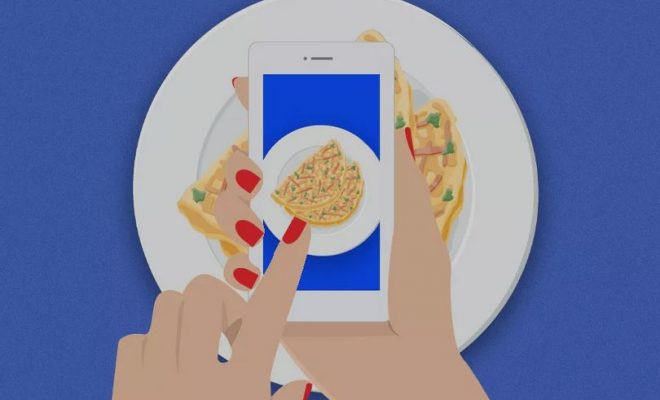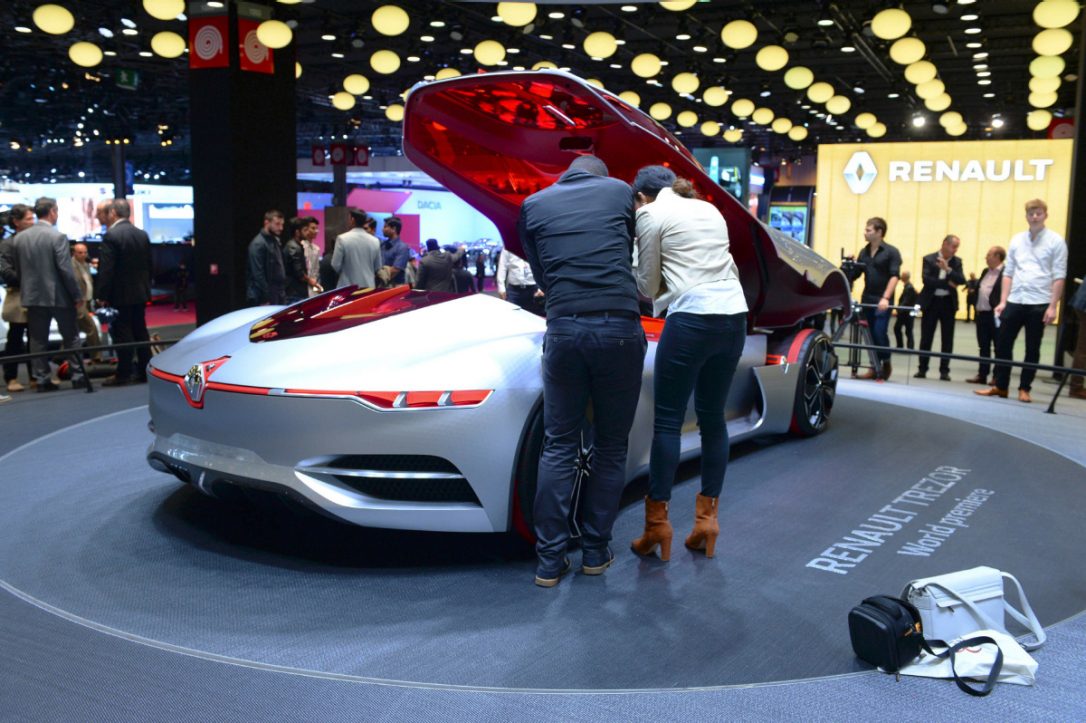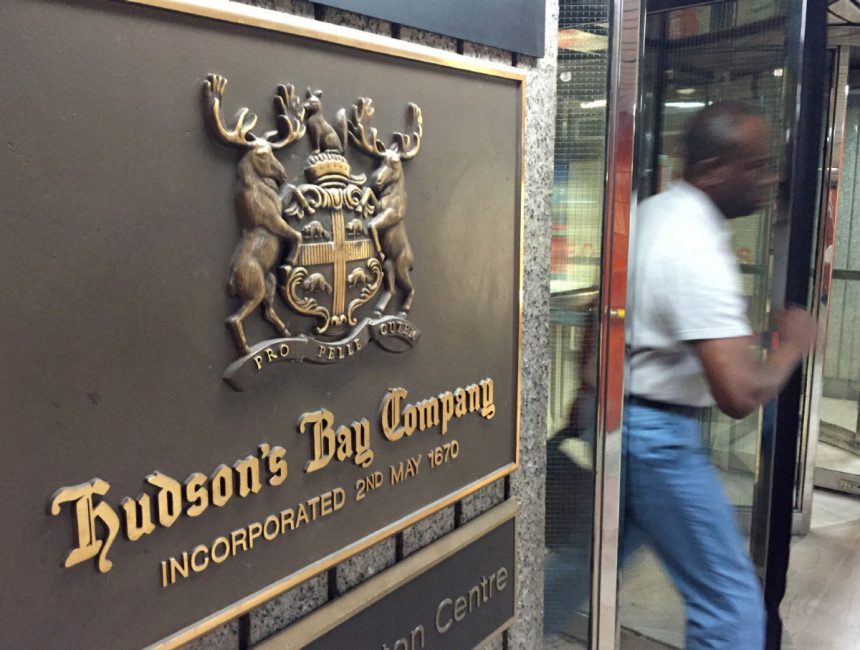Google’s Pixel perfect plan

Sometimes, if you want to beat someone at their own game, you have to play by their rules.
That’s the take-away from Google’s recent spate of hardware products, easily seen with its new Pixel, available for sale on Thursday. It’s the first phone the company has designed from the ground up, and the search-engine giant has taken a page from Apple’s book.
The Pixel is really good as an Android smartphone, and great as a showcase for Google’s software, and what can happen when the company tries to optimize both to work together.
And along with other products the company announced a few weeks back, such as Google Home — a smart speaker that can answer queries and play music — and Google Wifi — a new modular router system — Google wants you to buy into its ecosystem, and stay for a while.
Apple’s strategy has always been that walled garden, the closed-off operating system and series of products that work well together. Google, meanwhile, focused on software, and was the much more open competitor. That approach worked well for the company; Android is the most popular mobile operating system in the world, and Google works with many partners, offering a huge variety of products.
The problem is that the open approach has led to fragmentation. While the latest versions of Android are slick operating systems, how the software upgrades depends on your device, and is often left up to the carriers. With the Pixel — similar to Google’s Nexus line — users are promised that they will get software upgrades when Google provides them.
The phone itself is a showcase device designed to take on the premium players out there, the iPhone in particular. A perfect example of that approach is an included adapter that makes it quick and easy to switch over from an iPhone; that works well, but the fact that the adaptor is included in every box shows that Google truly hopes people will make the move. The Pixel is also in the same price range as the iPhone, with the 32GB version starting at $899 and the XL 32GB starting at $1,049. (In Canada, Apple’s 32 GB iPhone 7 starts at $899, while the iPhone 7 Plus 32GB is $1,049.
At this point, though, most people have made their decisions between Apple and Android, and their preference is likely about more than just the phone. It’s about the other stuff they bought to work nicely with that phone. It’s the ecosystem. If you care about apps, Apple still wins, while Google hopes that its artificial intelligence expertise — and using the all the data it has gathered about you to help its personal Assistant — will be the differentiator that keeps you there.
Google CEO Sundar Pichai pitched this concept as the beginning of creating a “personal Google” for each person. At this point, Assistant feels slightly smarter than Apple’s Siri, and there were a couple of cool moments with Google’s helper: it can quickly answer queries from the web, recognize and offer to automatically schedule events, and give a handy daily briefing. Some services like OpenTable work with Assistant, but others like Uber don’t yet. There are times when it can get frustrating, but it’s still early days.
Google’s plan has been about using what it learns about you, and acting on it. That used to mean serving up ads based on your search queries. Now, by getting serious about hardware, including the new devices like the smart speaker, they can be everywhere that you are. It’s a step toward the idea of pervasive computing, where no matter the device, the benefits of technology are available all around us.
For Google, that’s a plan that starts with the Pixel.
Pixel XL Review
Design decisions: It looks a bit like an iPhone, although it has straight edges on the side, making it easier to grip than Apple’s curved design. There are no buttons on the front, and there’s a fingerprint scanner on the back, copying something that LG phones have been had. It feels like a premium phone but, other than a back panel, nothing stands out. Samsung still wins on design.
The basics: The three most important things in a phone are the screen, the camera and the battery. All three are very good here. The long-lasting battery got me through two business days, and the quick-charging works very well. It has a gorgeous 5.5-inch screen. The camera is very good, with great video stabilization, although to me the iPhone 7 Plus is slightly better.
Google’s services: I like Google Assistant and am still testing its capabilities. There are great automated moments, and it is very good at search and web queries. I also like Google’s Duo, the FaceTime competitor that also works across Android and iOS. And if you use Google Photos, the cloud-based service backs up your pictures, you can think about getting the smaller 32 GB version.
The switch-over: iPhone users can quickly switch over email accounts, text message and photos simply by plugging in an adapter to the Pixel. It was surprised at how well it worked. Now if there was a way for the apps you bought on one platform to cross the divide.
A few knocks: There are really only two issues with this phone. First, it is lacking in water resistance, which has become fairly standard on premium devices. And it is expensive. But it is still an excellent phone that deserves a spot at the table near its premium phones competitors.








